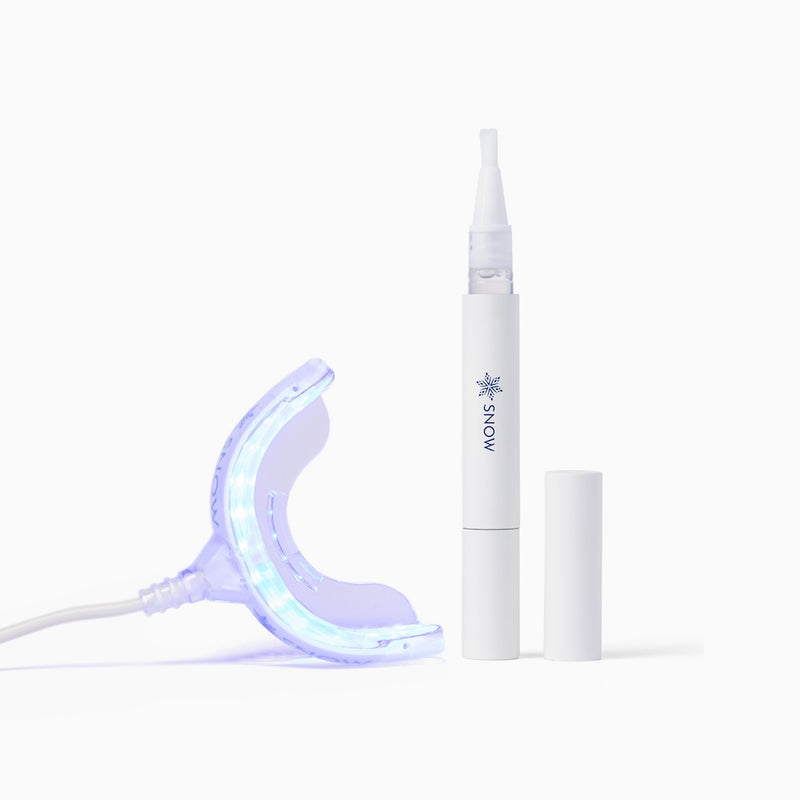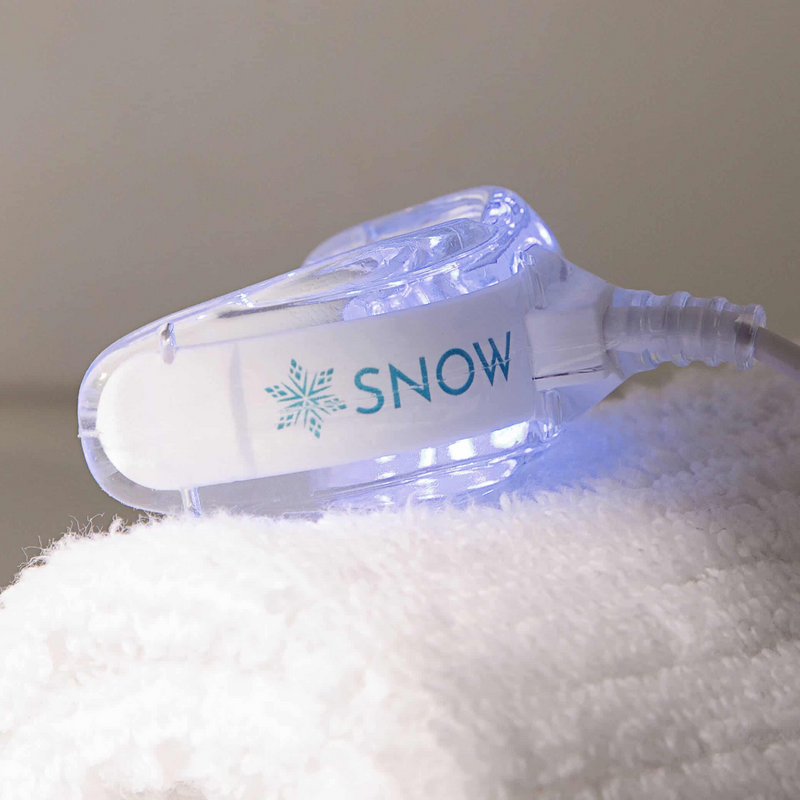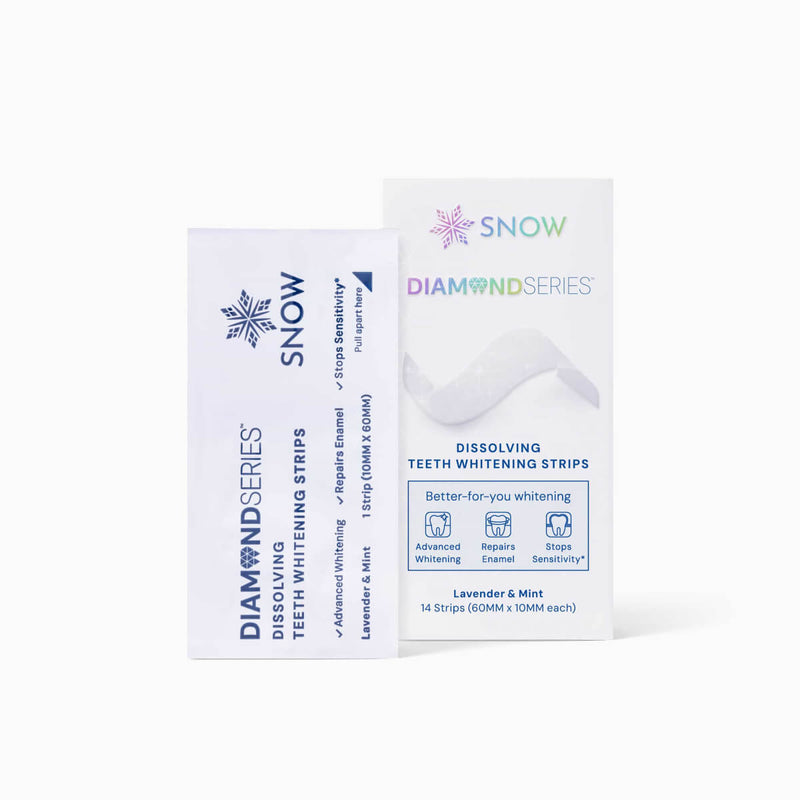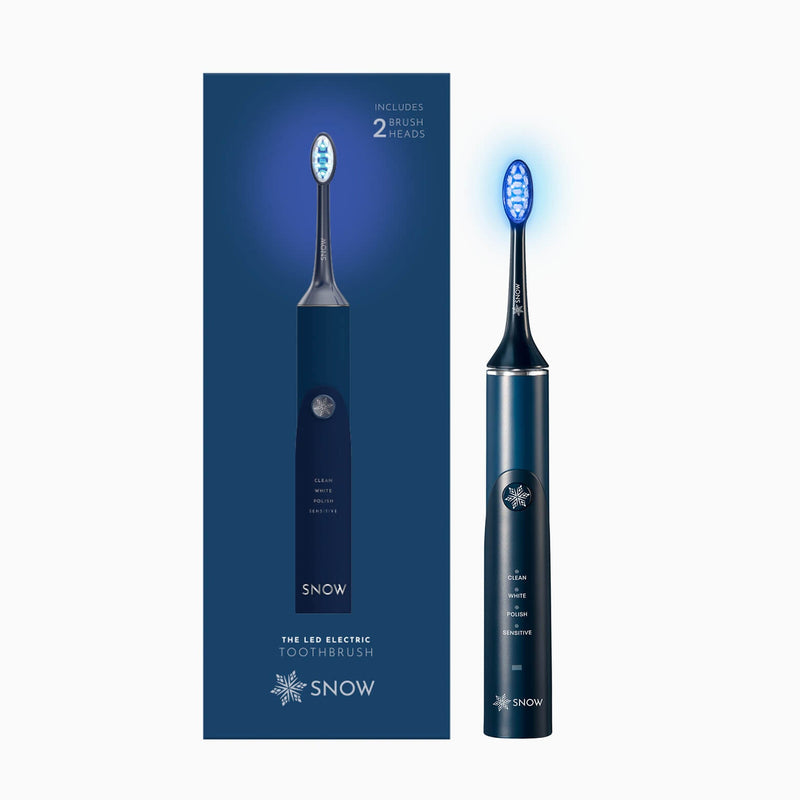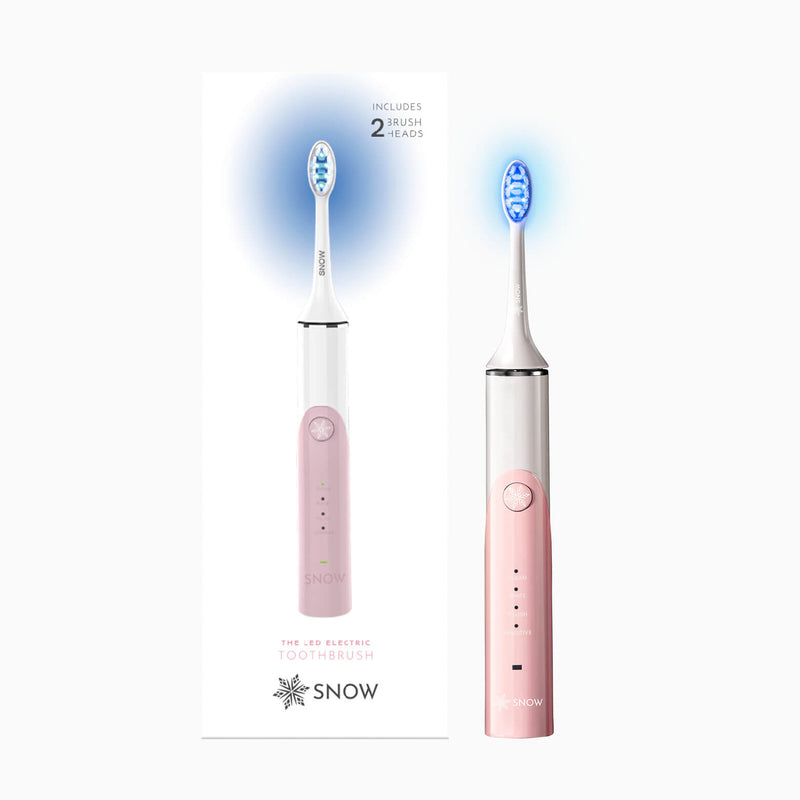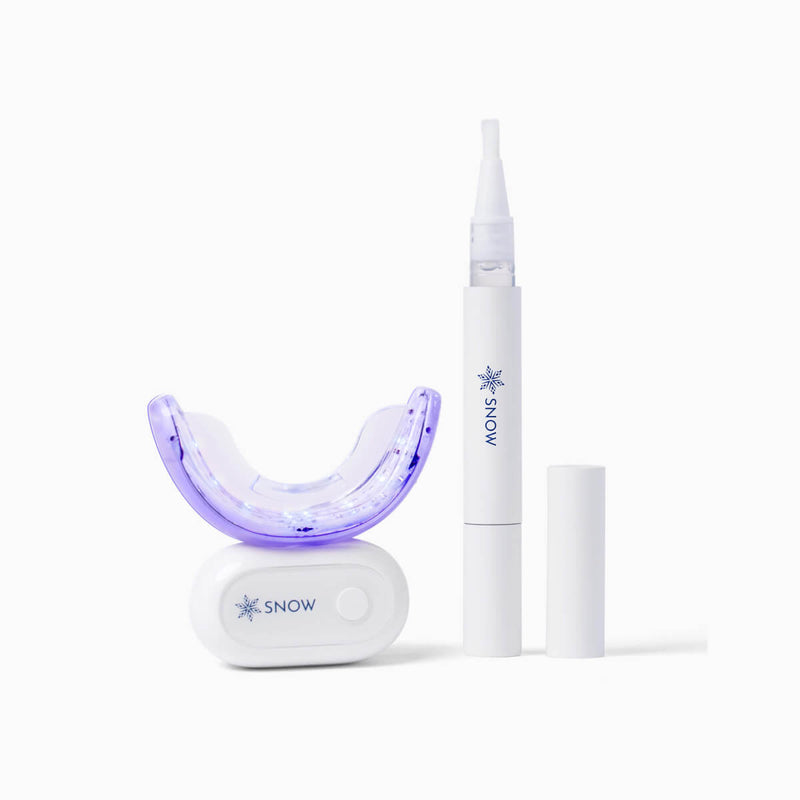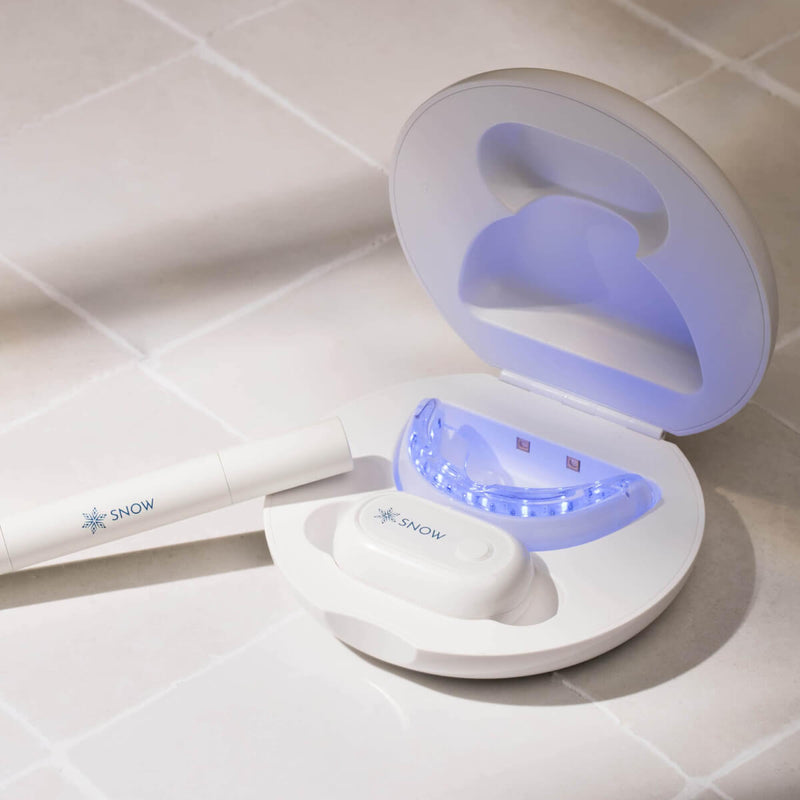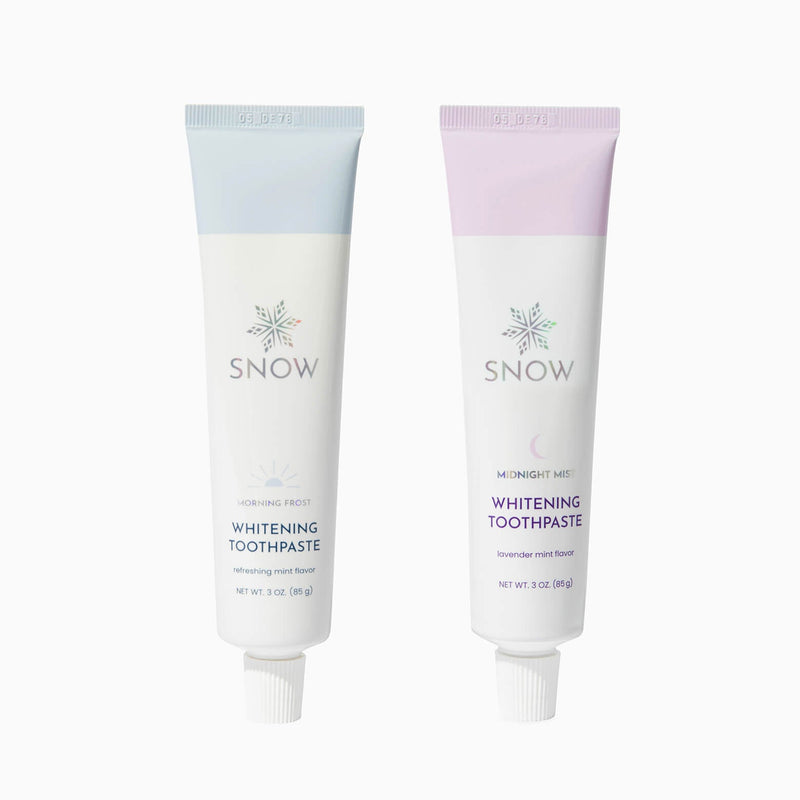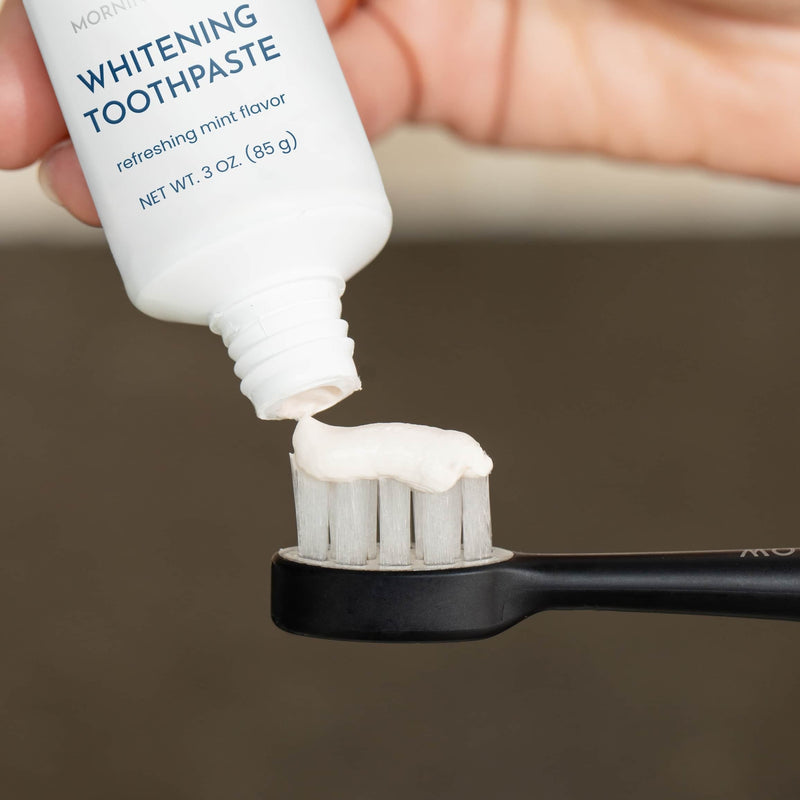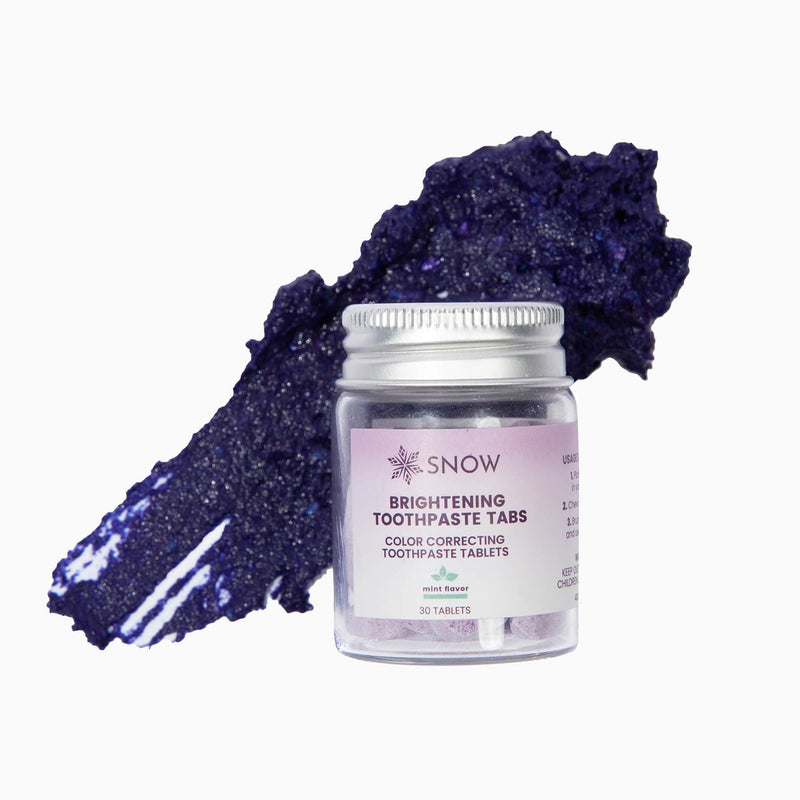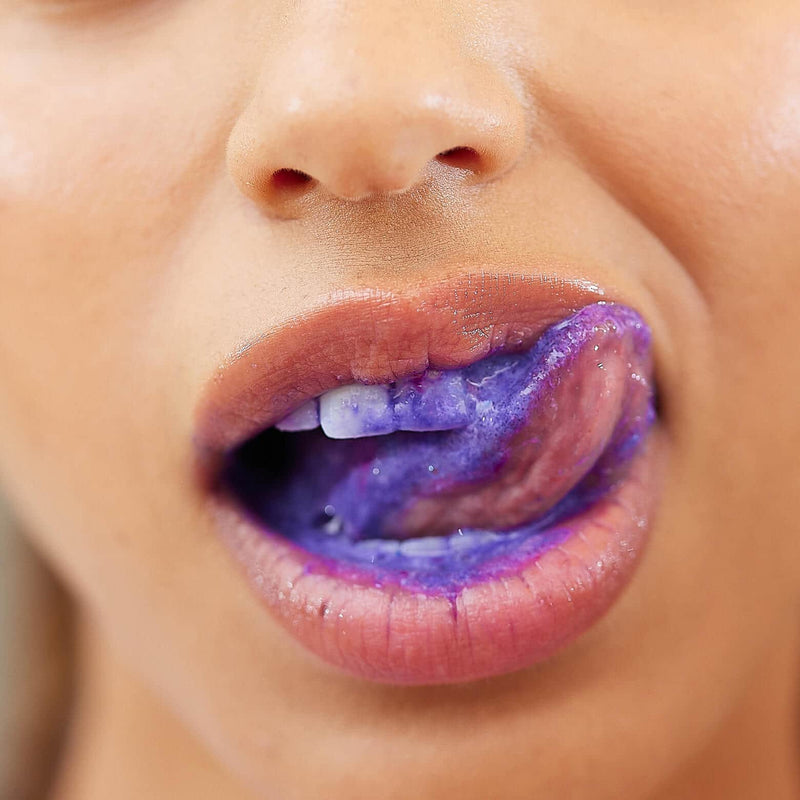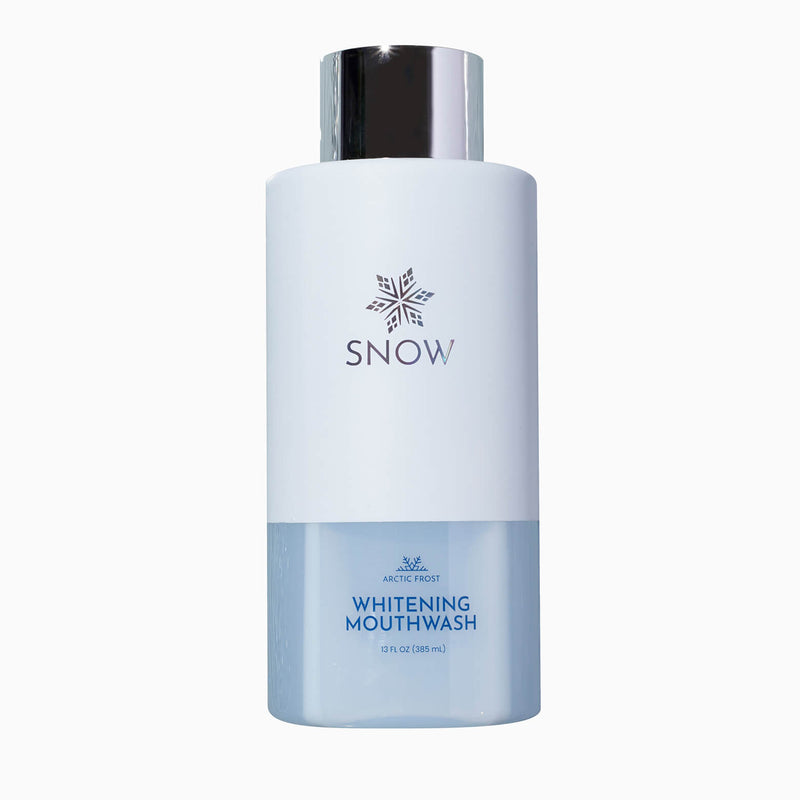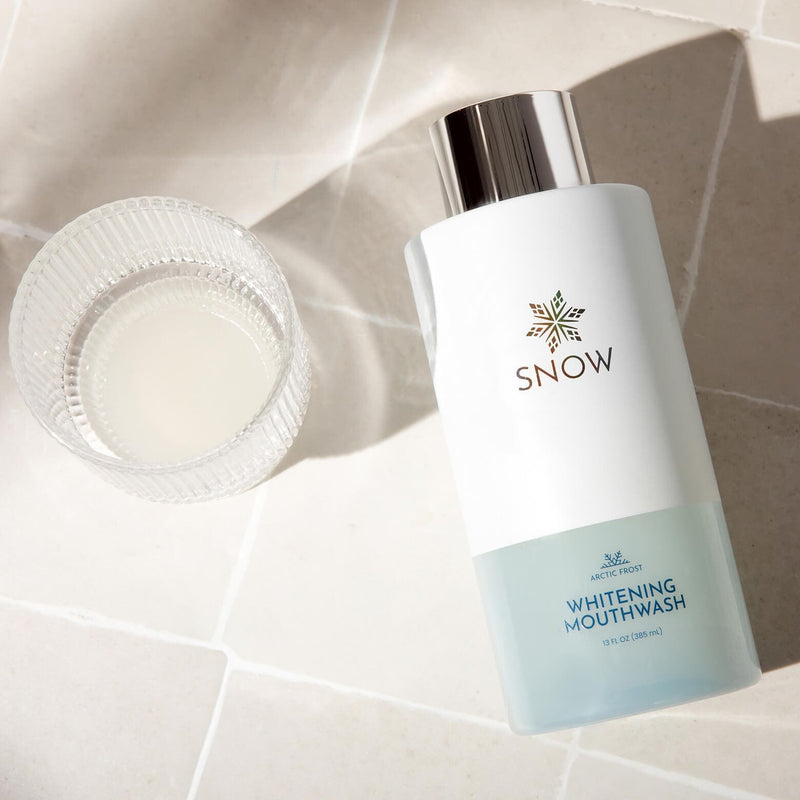Does Listerine kill strep on your toothbrush? The answer is yes!
SNOW is here to provide expert insights on this important dental topic.
In this article, we'll explore the science behind Listerine's ability to combat strep on toothbrushes and offer practical tips for maintaining optimal oral hygiene.
Our focus will be on the efficacy of using Listerine as a sanitizing agent for toothbrushes and how it can contribute to overall dental wellness.
We'll delve into the specific benefits of Listerine in killing strep bacteria and discuss other methods to ensure your toothbrush remains clean and bacteria-free.
By the end of this article, you'll have a clear understanding of how to properly disinfect your toothbrush to prevent the spread of bacteria and maintain a healthy smile.
Stay tuned as we uncover the secrets to effective toothbrush sanitation and oral care!
What this article covers:- Does Mouthwash Kill Strep on a Toothbrush?
- How Do You Sanitize Electric Toothbrush Heads?
- What Is Strep?
- Do Germs Stay on Your Toothbrush?
- How to Keep a Toothbrush Clean
Does Mouthwash Kill Strep on a Toothbrush?
Yes, mouthwash, such as Listerine, has been shown to effectively kill bacteria on toothbrushes, including streptococcus mutans.
However, it's important to note that while mouthwash can help reduce bacteria, it may not completely eliminate all pathogens.
When using mouthwash to sanitize your toothbrush, it's essential to follow proper techniques.
Firstly, thoroughly rinse your toothbrush under running water to remove any residual toothpaste and debris.
Then, immerse the bristles in mouthwash for about 30 seconds to ensure adequate exposure to the antibacterial properties.
Finally, rinse the toothbrush again under running water to remove any remaining mouthwash.
While mouthwash can be a useful adjunct to toothbrush hygiene, it's not a substitute for regular replacement of your toothbrush. SNOW recommends replacing your toothbrush every three to four months, or sooner if the bristles become frayed or worn.
Regular replacement helps maintain optimal oral hygiene and prevents the buildup of bacteria on your toothbrush.

How Do You Sanitize Electric Toothbrush Heads?
To ensure optimal cleanliness and hygiene for your electric toothbrush heads, follow these simple steps recommended by SNOW:
- Remove From Handle: Start by carefully detaching the toothbrush head from the handle. This step ensures that you can thoroughly clean and sanitize the head without damaging the electrical components of the handle.
- Cleaning Methods: SNOW suggests employing the same effective cleaning methods used for traditional toothbrushes. You can soak the electric toothbrush heads in hydrogen peroxide solution to kill bacteria and germs effectively.
Alternatively, consider using a UV sanitizer, which utilizes ultraviolet light to disinfect and sanitize the toothbrush heads without the use of chemicals. - Regular Maintenance: It's essential to incorporate regular maintenance into your oral care routine. Clean your electric toothbrush heads at least once a week to prevent the buildup of bacteria and ensure hygienic usage.
By following these straightforward steps, you can effectively sanitize your electric toothbrush heads and maintain optimal oral hygiene.
Enhance your oral care routine with the SNOW LED Teeth Whitening Electric Toothbrush and Refillable Heads, designed to provide thorough cleaning and contribute to a brighter, whiter smile.
What Is Strep?
Strep, short for streptococcus, encompasses a group of bacteria prevalent in the mouth and throat. These bacteria can lead to various health issues, including strep throat, a contagious infection caused by Streptococcus bacteria.
According to Johns Hopkins Medicine, strep throat symptoms include sore throat, fever, swollen tonsils, and difficulty swallowing.
In the context of dental health, Streptococcus mutans is a significant concern. This bacterium is notorious for its role in tooth decay and gum disease. Its presence on toothbrushes can contribute to oral health issues if proper hygiene practices are not followed.
SNOW emphasizes the importance of maintaining a clean toothbrush to prevent the proliferation of harmful bacteria and maintain optimal oral hygiene.
To combat the potential risks associated with Streptococcus bacteria, SNOW recommends incorporating effective oral hygiene practices, such as regular brushing with a quality toothbrush like our LED Teeth Whitening Electric Toothbrush.
This advanced toothbrush offers superior cleaning performance, helping to keep your teeth and gums healthy while promoting a brighter, whiter smile.
Do Germs Stay on Your Toothbrush?
Yes, germs linger on toothbrushes after each use, particularly when proper hygiene practices are neglected.
According to the Centers for Disease Control and Prevention (CDC), toothbrushes can harbor bacteria, viruses, and other microorganisms, especially when they're stored in moist environments like bathrooms.
To minimize the risk of germ transmission, it's crucial to adopt appropriate toothbrush hygiene practices. SNOW recommends the following tips:
Rinse Thoroughly
After brushing, rinse your toothbrush thoroughly under running water to remove any leftover toothpaste and debris. This helps wash away bacteria and food particles.

Store Properly
Store your toothbrush upright in an open-air container to allow it to air dry between uses. Avoid covering toothbrushes or storing them in closed containers, as this can promote bacterial growth.
Replace Regularly
Replace your toothbrush every three to four months, or sooner if the bristles become frayed. Worn-out toothbrushes are less effective at cleaning teeth and can harbor more bacteria.
Avoid Sharing
Refrain from sharing toothbrushes with others to prevent the spread of germs and potential infections.
By following these guidelines, you can maintain a cleaner toothbrush and reduce the risk of bacterial contamination, ensuring better oral hygiene and a brighter smile.
Can Your Toothbrush Make Others Sick?
Indeed, a contaminated toothbrush can potentially transmit illnesses to others, especially in shared living spaces. It's essential to practice good hygiene and regularly sanitize your toothbrush to minimize this risk.
How to Keep a Toothbrush Clean
To maintain optimal hygiene for your toothbrush and ensure effective oral care, SNOW recommends the following tips:
- Store Properly: After each use, store your SNOW toothbrush in an upright position to allow proper airflow and drying. This helps prevent the buildup of moisture, which can harbor bacteria and mold.
- Avoid Sharing: It's crucial to avoid sharing your toothbrush with others to minimize the risk of cross-contamination and the spread of germs. Each individual should have their own designated toothbrush for personal use.
- Replace Regularly: Replace your SNOW toothbrush every three to four months or sooner if you notice the bristles becoming frayed or worn out. Over time, bristles can lose their effectiveness in cleaning, and worn-out bristles may harbor bacteria and compromise dental hygiene.
By following these simple yet essential practices, you can ensure that your SNOW electric toothbrush remains clean, hygienic, and effective in maintaining a bright, healthy smile.
Conclusion
Amidst the varied cleaning methods for toothbrushes, understanding the effectiveness of Listerine in killing strep is paramount.
As detailed, proper sanitization, whether through hydrogen peroxide or UV sanitizer, ensures optimal hygiene. SNOW emphasizes maintaining clean toothbrushes to safeguard against harmful bacteria.
Elevate your oral care routine with SNOW's LED Teeth Whitening Electric Toothbrush and Refillable Heads, designed for thorough cleaning and a brighter smile.
Explore SNOW's products for superior teeth whitening and oral hygiene!
If you want to learn more, why not check out these related posts:
- How Long to Soak Toothbrush in Hydrogen Peroxide
- Can I Soak My Toothbrush in Hydrogen Peroxide
- Can You Disinfect a Toothbrush With Rubbing Alcohol
- Does Hydrogen Peroxide Kill COVID on Toothbrushes
- Will Peroxide Kill Thrush on Toothbrush
- How Often Should You Change Your Toothbrush?
- When to Change Toothbrush After Strep
- Electric Toothbrush Hurts My Teeth
- Gums Hurt After Brushing with New Toothbrush
- Why Change Toothbrush Every 3 Months?
- Why Is My Toothbrush Turning Pink?
- Best Electric Toothbrush for Small Mouths
- Best Toothbrush for Periodontal Disease
- Best Electric Toothbrush
- Best Toothbrush for Veneers


